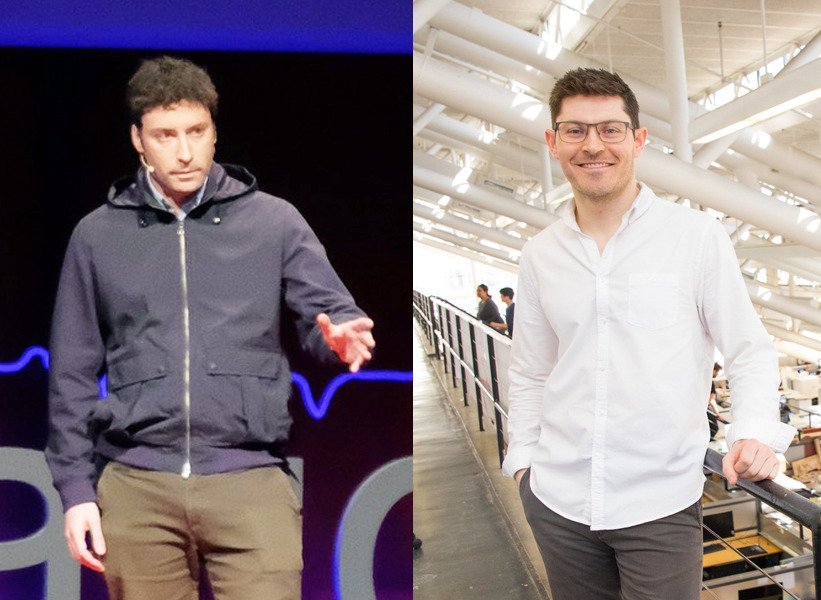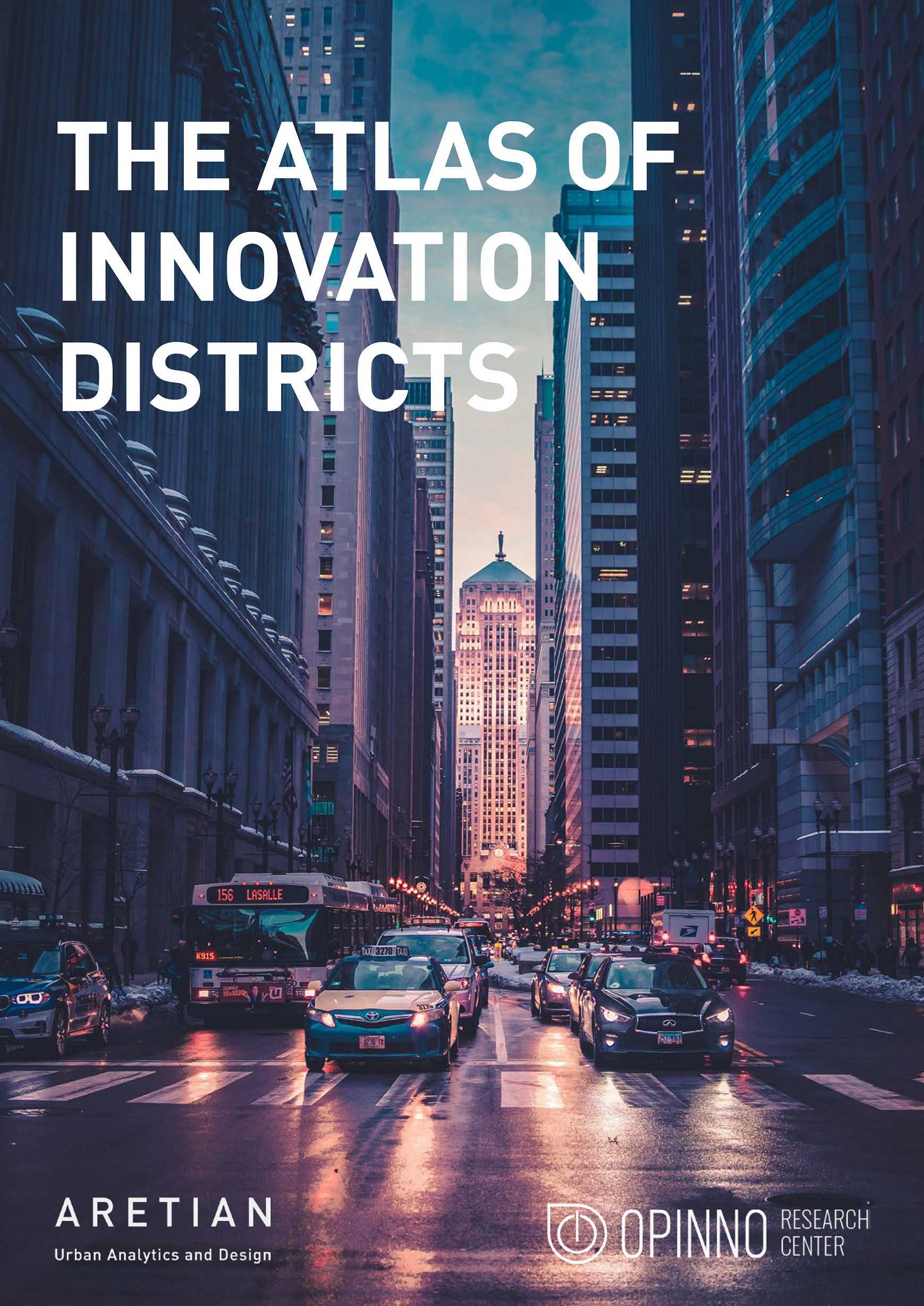
Photo: Ramon-Gras-Aloma-Jeremy-Burke
How to better understand the ‘science of cities’
14 August 2019
by Jonathan Andrews
By Ramon Gras Alomà and Jeremy Burke, Aretian Co-Founders and Researchers at the Harvard School of Engineering and Applied Sciences
Cities today are more important than ever before. On one hand, they are the economic and political engines we need to take on the world’s biggest problems, such as climate change and social inequality. On the other hand, urban development that lacks bold vision and coordination could create problems that endure for generations to come.
How can city planners and political leaders avoid the pitfalls of bad urban design while harnessing the creativity and productivity of cities for good? The problem with today’s approaches to urban design is that they are based on an inexact understanding of how cities function. This has to change.
Why is it difficult to understand exactly how cities function? The answer is complexity. Cities are among the most complex systems that humans create. They are dense environments where dozens of major infrastructure systems interact with each other at different scales, where people and products circulate continuously, and where idiosyncratic economic and political forces operate with limited visibility. It is no surprise that we do not yet have an exact scientific understanding of cities. They are simply too complex for traditional analytical methods to grasp without drastic simplification.
On the problem of simplification, there is some good news: we are now at the brink of revolutionising our understanding of urban systems using new methods from data science and complexity theory. It is time for a new science of cities.
The promise of new scientific approaches to understand cities lies in a combination of rapidly-evolving disciplines. The Internet of Things and the rise of smart cities are providing more data than ever before. Complexity science offers novel perspectives on how to conceptualise and model vastly complex environments like cities. Network theory provides fresh approaches for understanding the nature of connections between the components of complex systems. Machine learning allows us to extract clear patterns from chaotic data and synthesise the results into actionable recommendations for planning and design. Together, these approaches empower us to understand cities as never before possible: in all their complexity.
 Our own entry into this work began with a joint master’s thesis project in Design Engineering at Harvard University. The project studied innovation districts as potential engines for equitably-distributed economic prosperity and led to the creation of the first-of-its-kind Atlas of Innovation Districts, through which we conducted a deep study of how innovation ecosystems work. The work led us to found Aretian | Urban Analytics and Design, a Harvard-affiliated start-up, incubated at the iLab, and dedicated to improving lives through powerful new techniques in analytics to support the design of cities.
Our own entry into this work began with a joint master’s thesis project in Design Engineering at Harvard University. The project studied innovation districts as potential engines for equitably-distributed economic prosperity and led to the creation of the first-of-its-kind Atlas of Innovation Districts, through which we conducted a deep study of how innovation ecosystems work. The work led us to found Aretian | Urban Analytics and Design, a Harvard-affiliated start-up, incubated at the iLab, and dedicated to improving lives through powerful new techniques in analytics to support the design of cities.
The conclusion of our study of Innovation Districts is that innovation, which has long been treated as an inscrutable black box, is actually discrete, analysable, and within our power to understand, measure, foster, and develop. Our study uncovers lessons about the value chain within innovation districts, the effects of investments at different phases of innovation, the interaction of urban design and morphology with organisational support structures, the effects of innovation spaces on the surrounding economy, and more.
But perhaps most importantly, we believe the most valuable takeaways from this study relate to the power of the analytical methods we’re developing to study geospatial patterns and urban phenomena more broadly. From evaluating climate risk to planning civil infrastructure, and from optimising food systems to mapping social vulnerability, society faces many challenges could benefit from complex system modelling and advanced analytics. We’re eager to develop these emerging approaches into the next-generation tools of urban design that cities need to be successful in the years to come; tools that can build high-resolution digital twin models of cities for systems optimisation, scenario testing, and trend prediction.
In publishing the Atlas of Innovation Districts, we hope to provoke a public conversation about how a new scientific theory of cities, driven by data science and complexity modelling, might improve the lives of people everywhere. In this mission, we will plan to collaborate with others to expand the Atlas to other regions of the world. You are invited, please join us in this important work.










